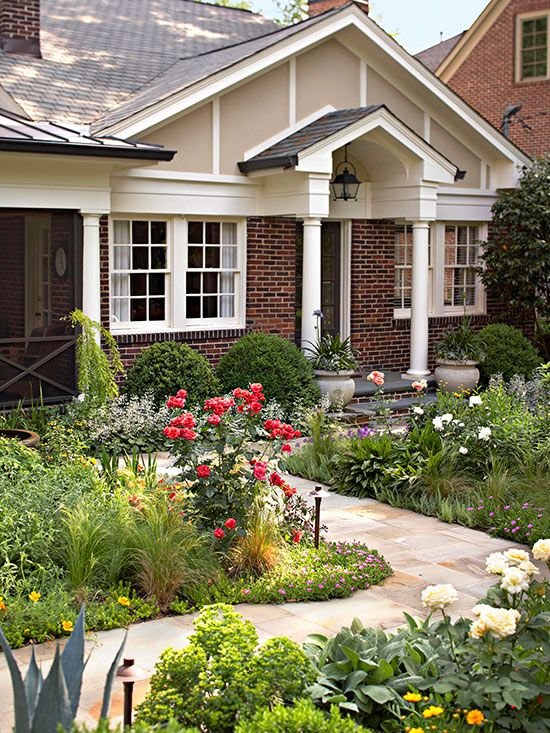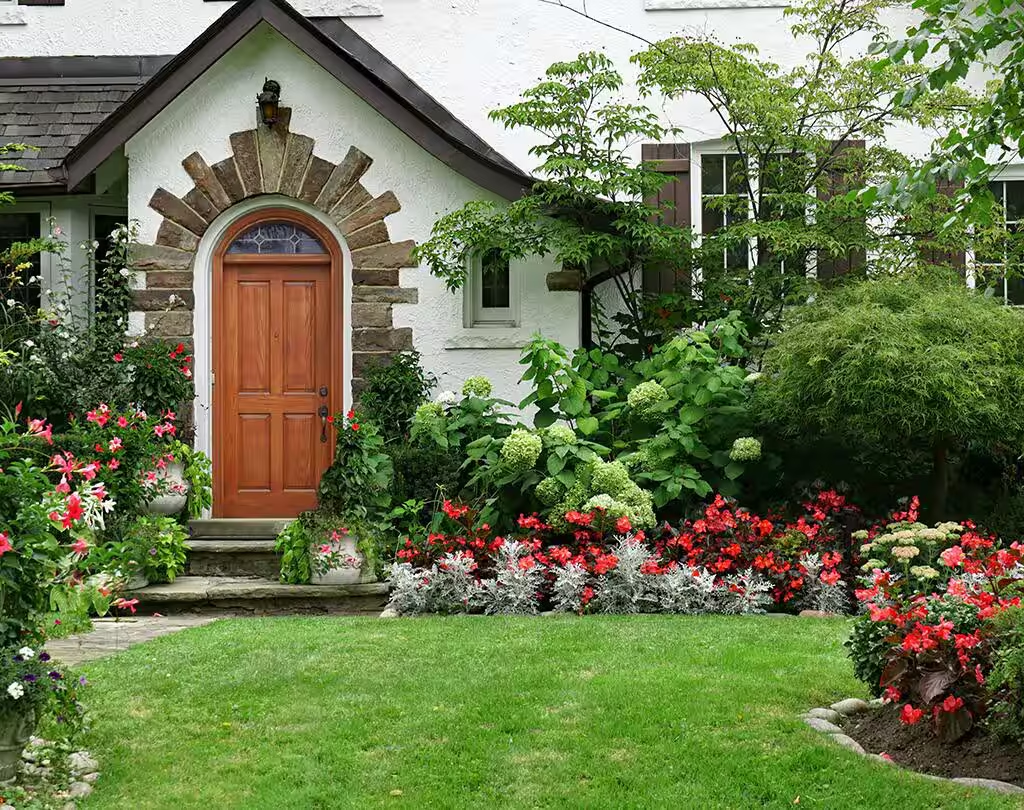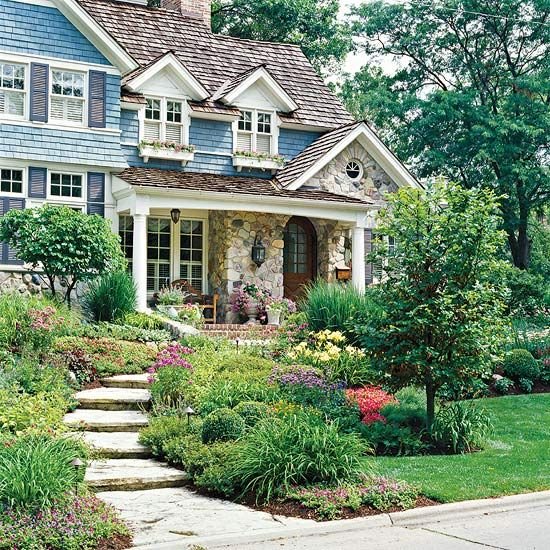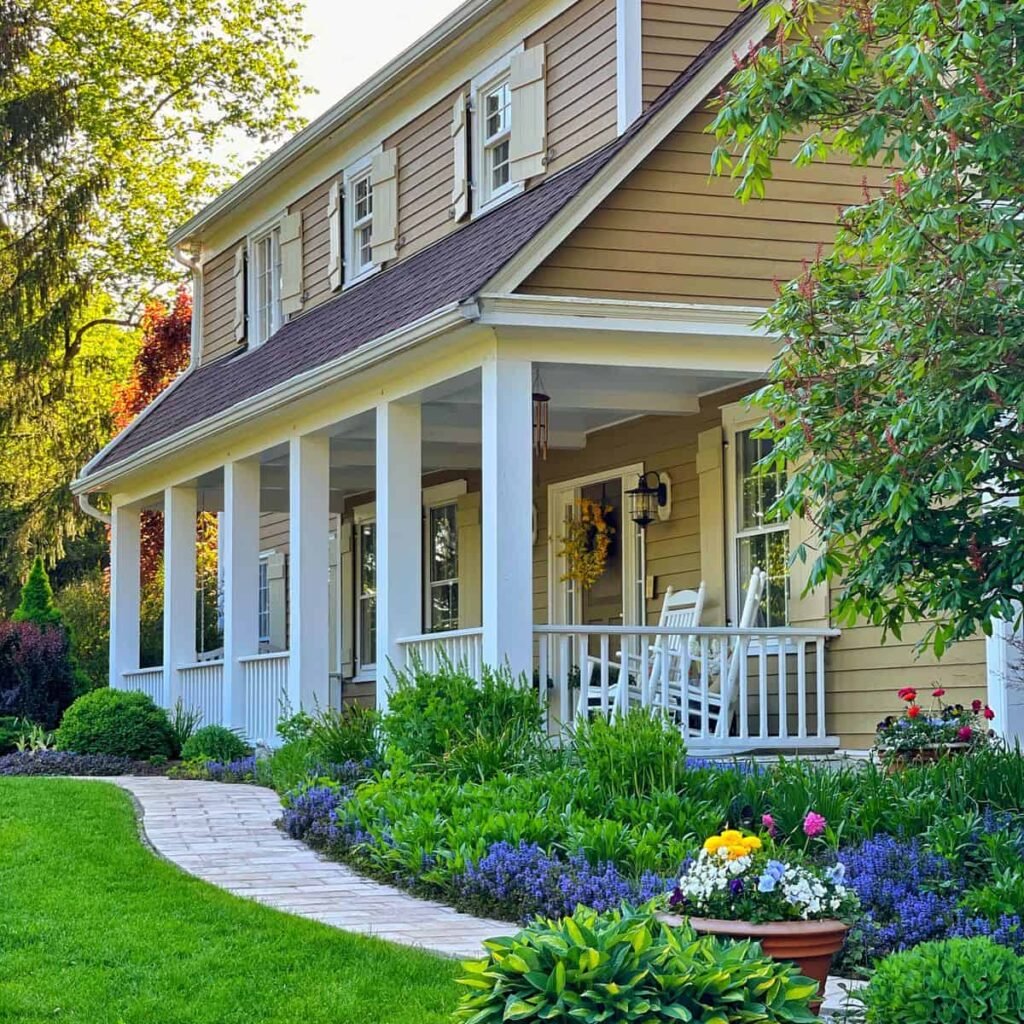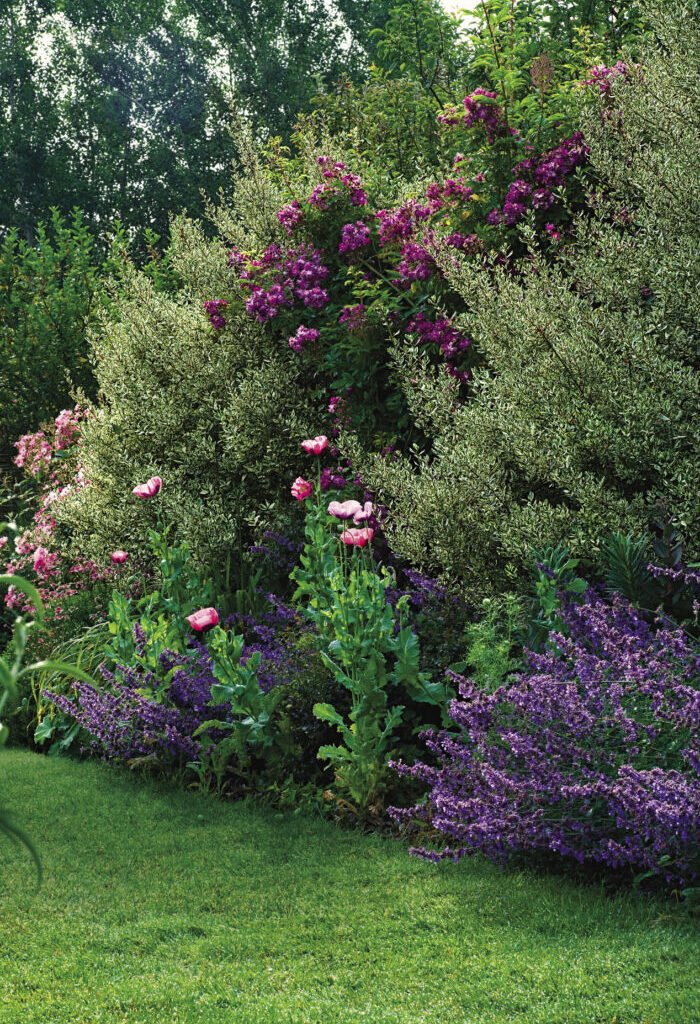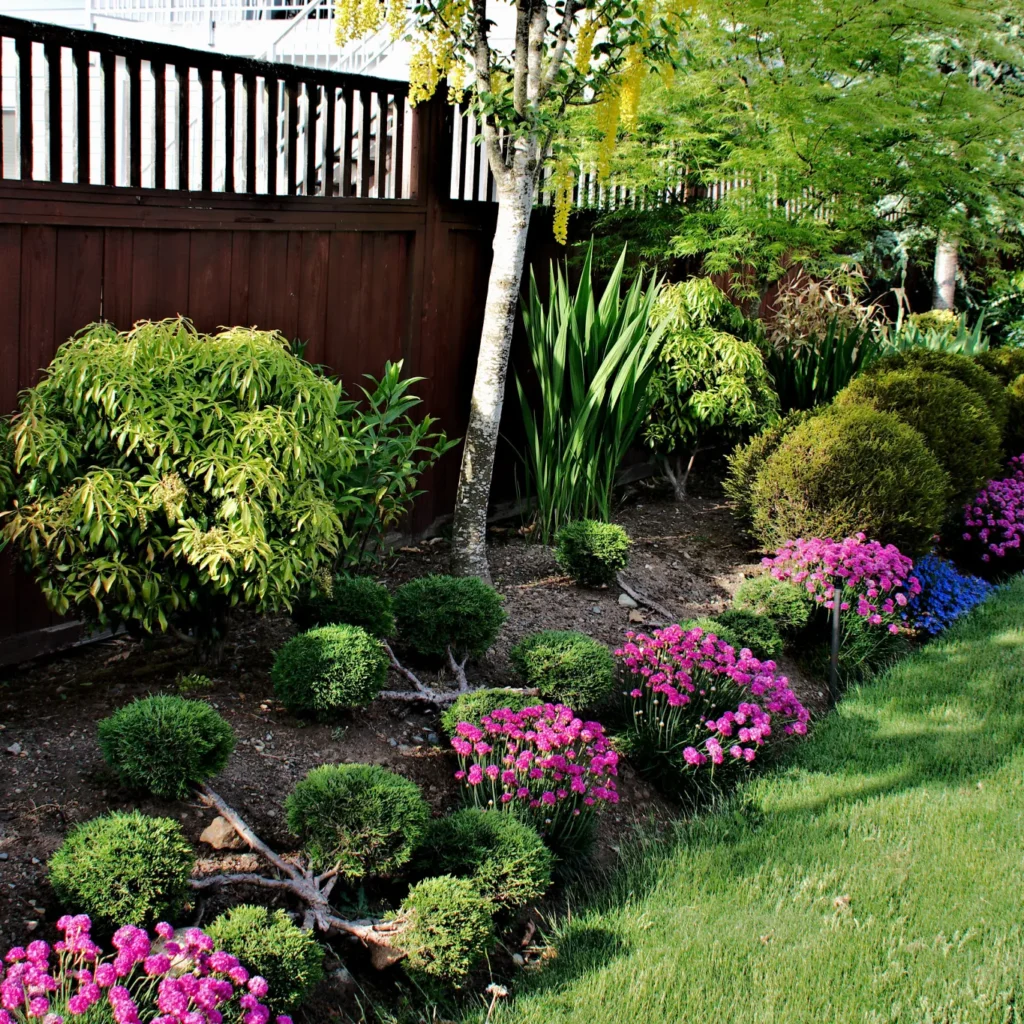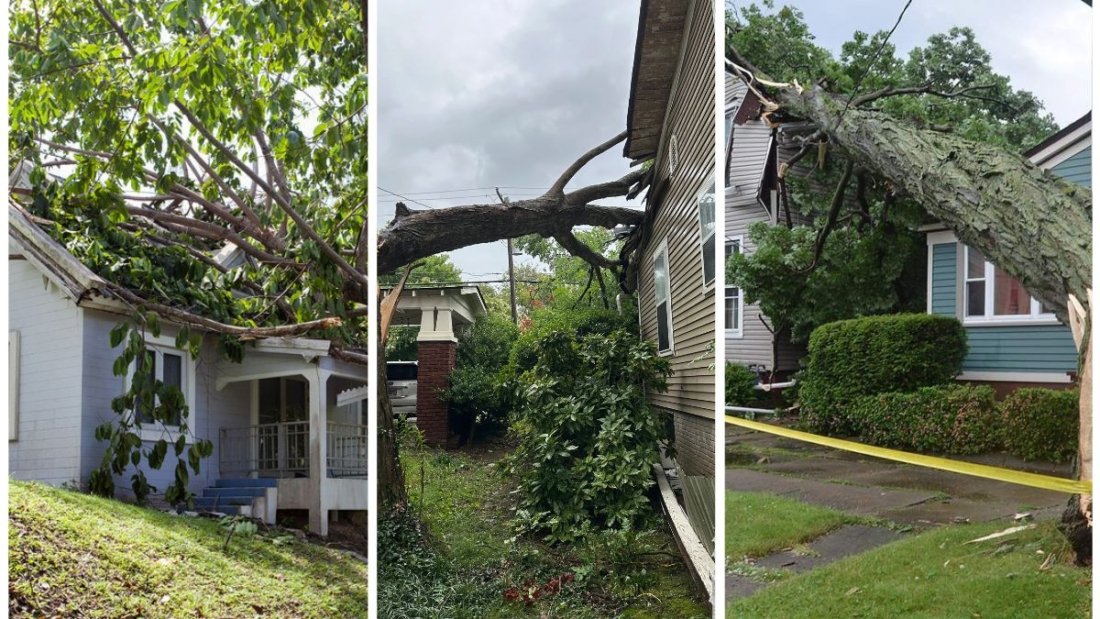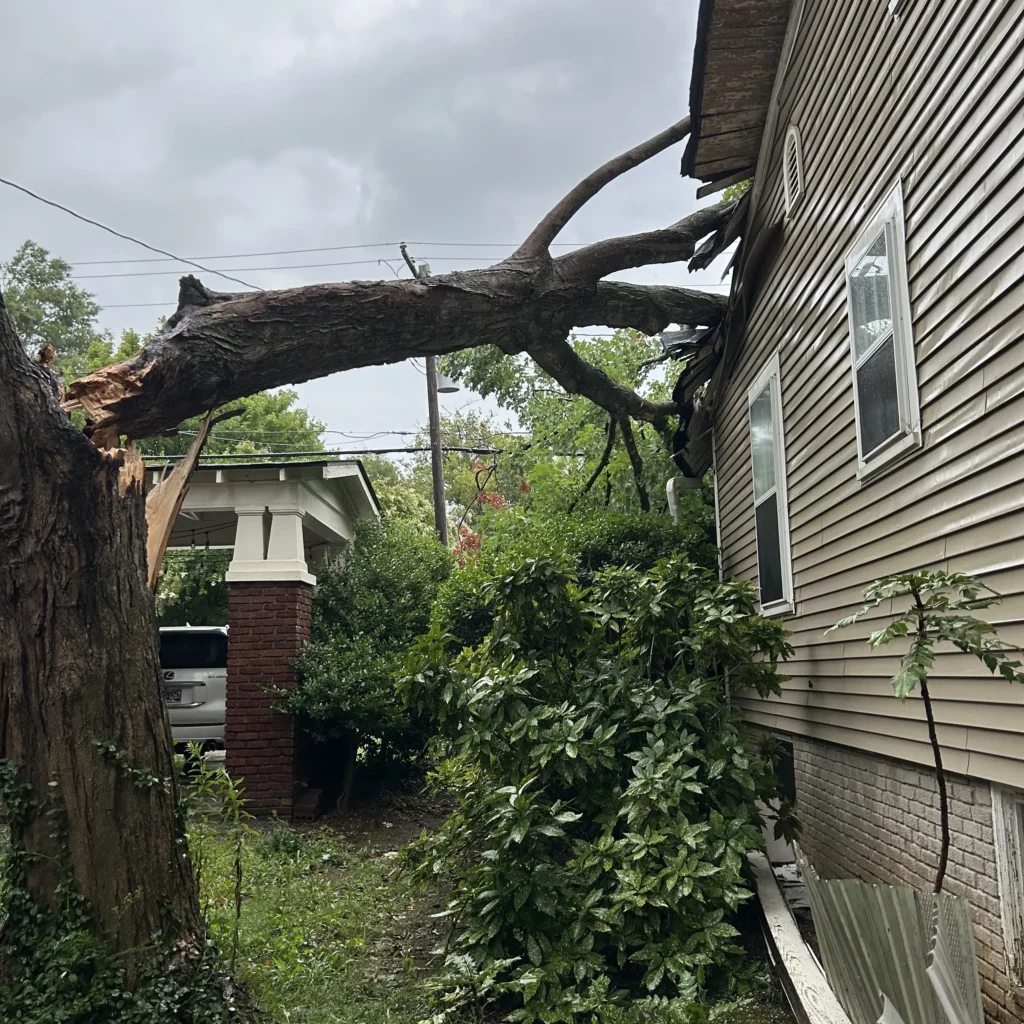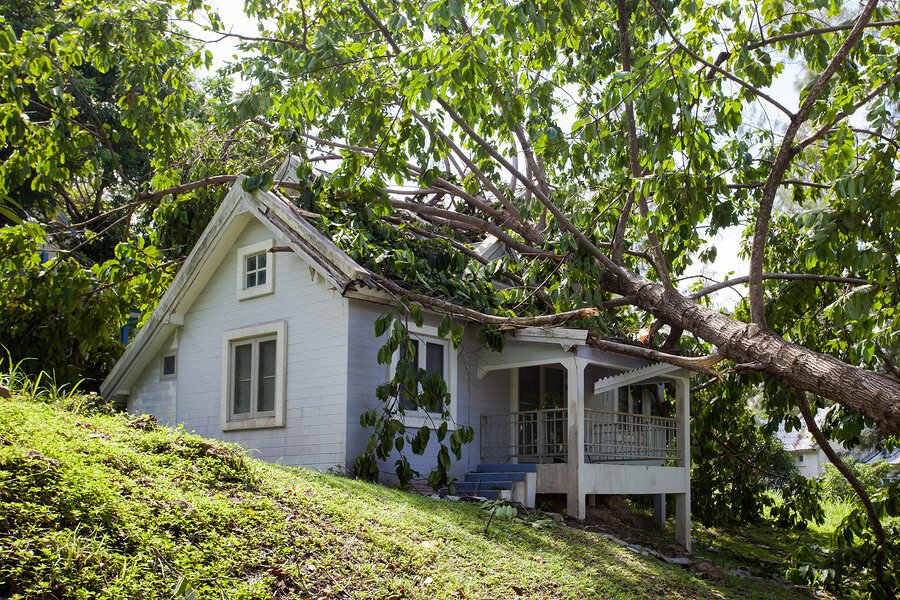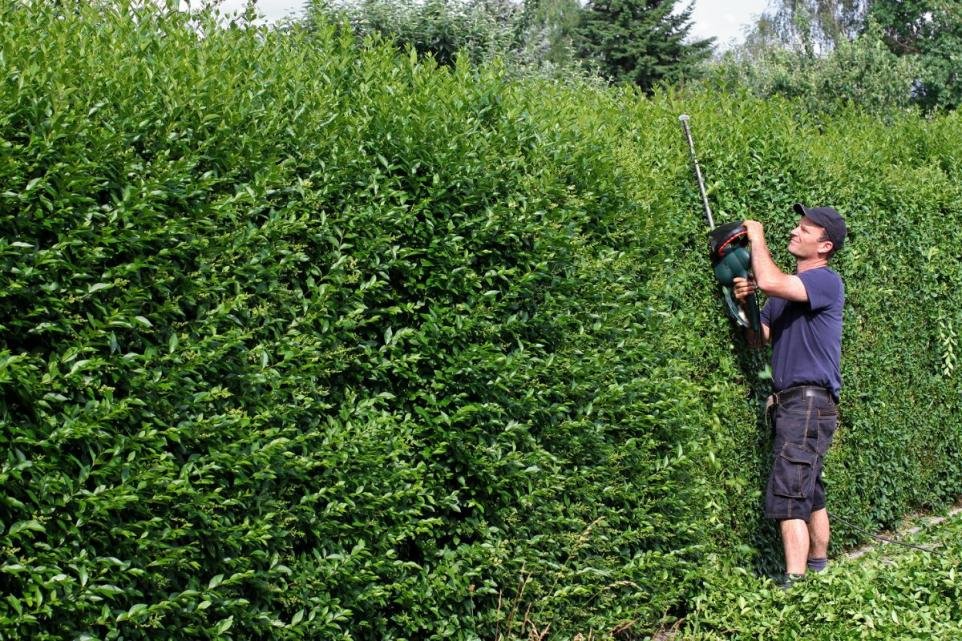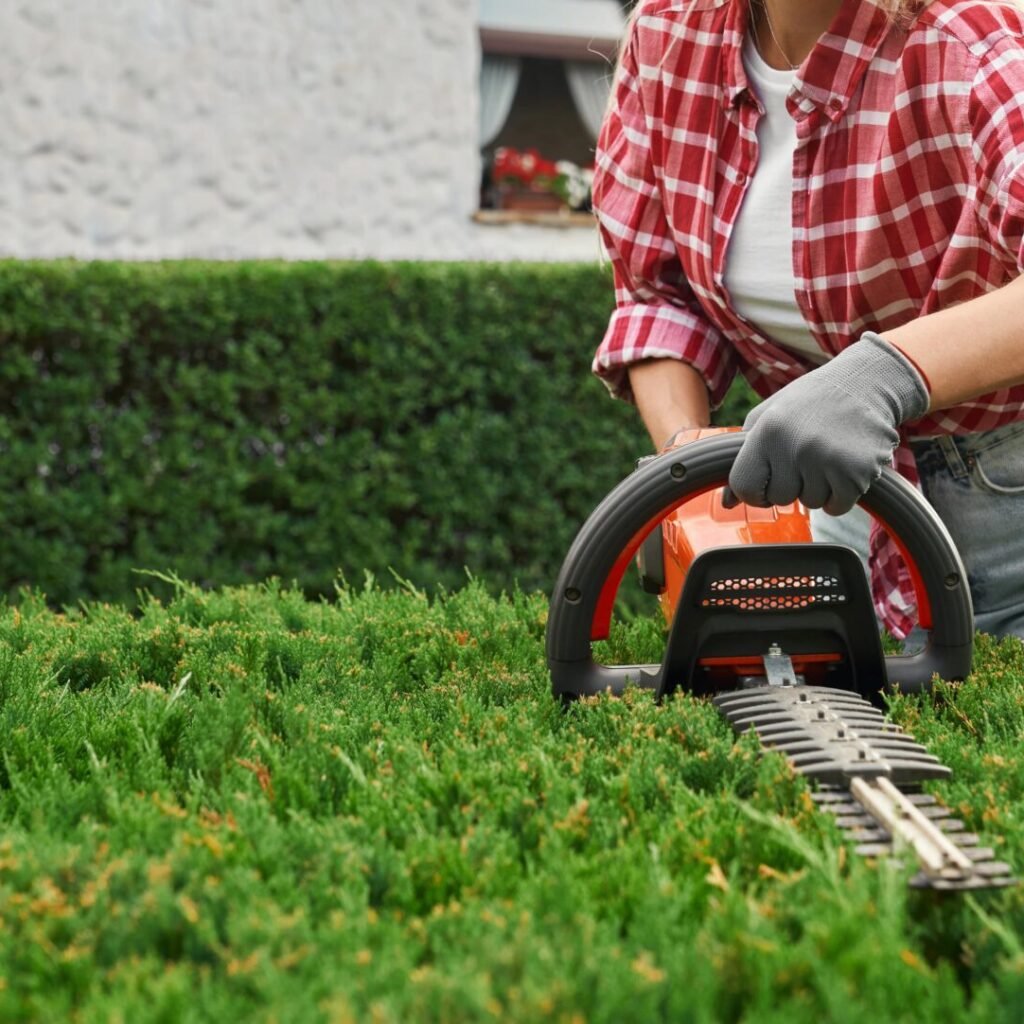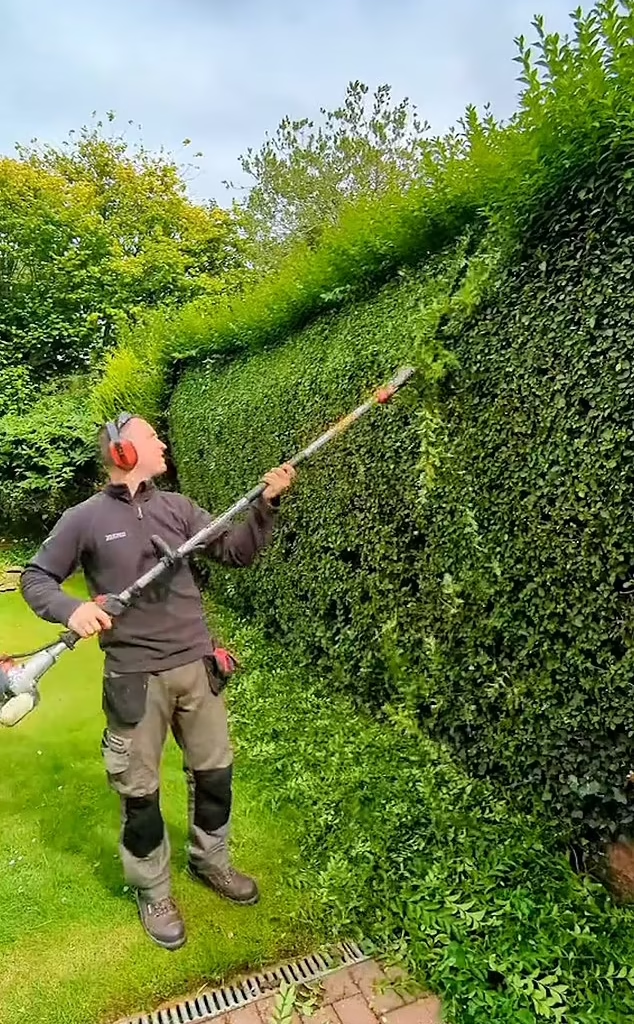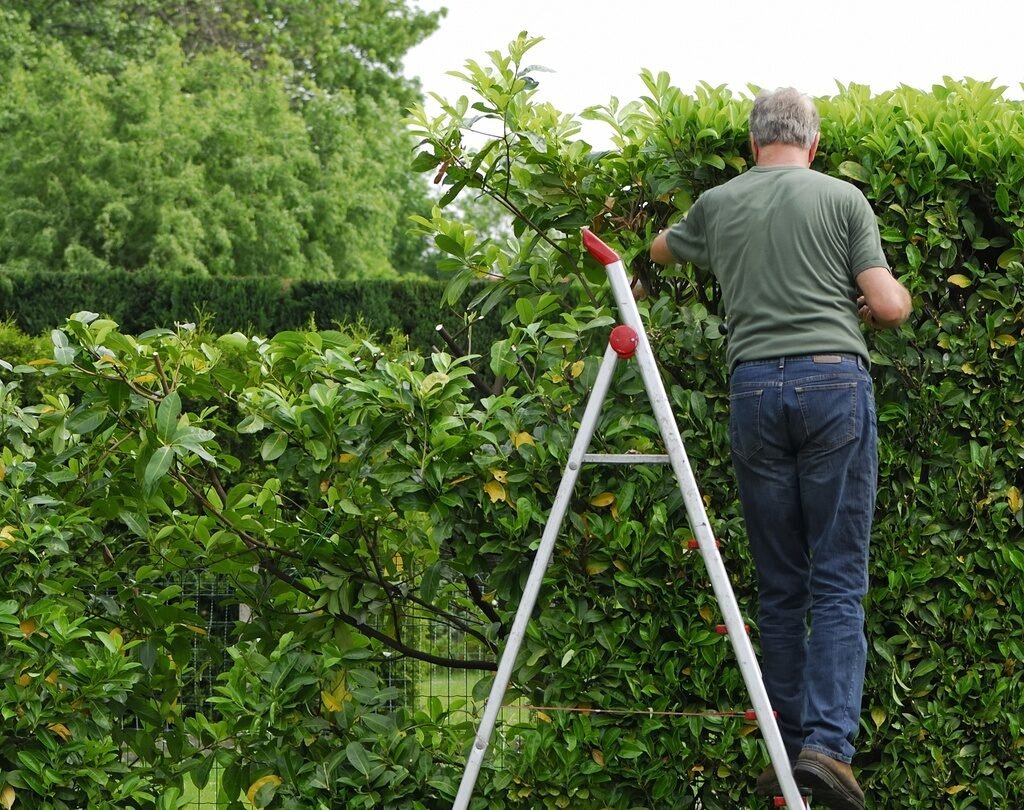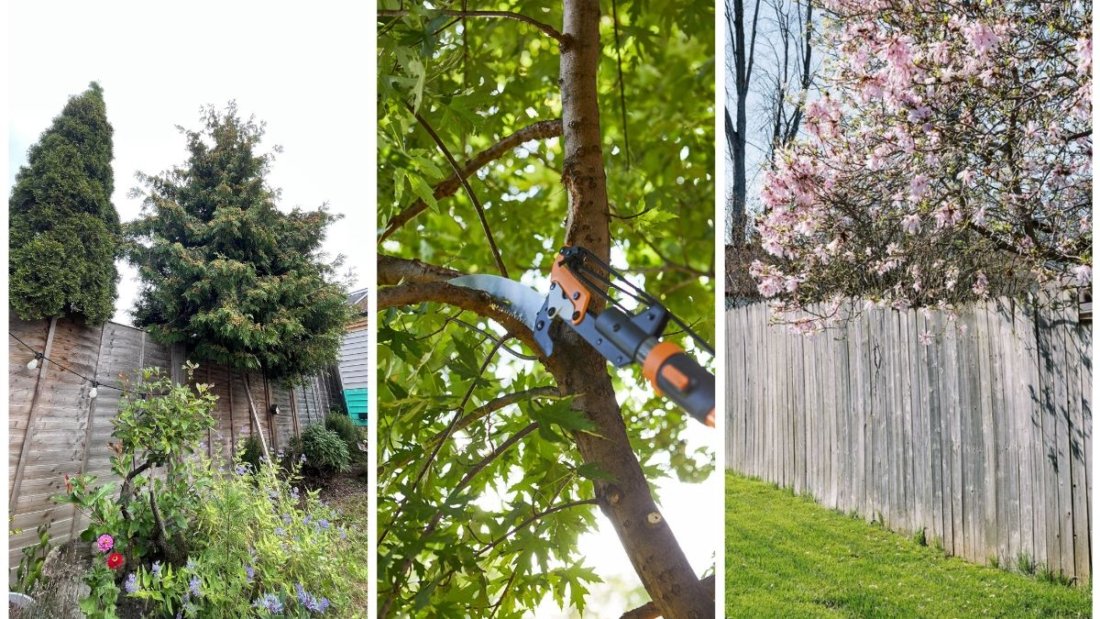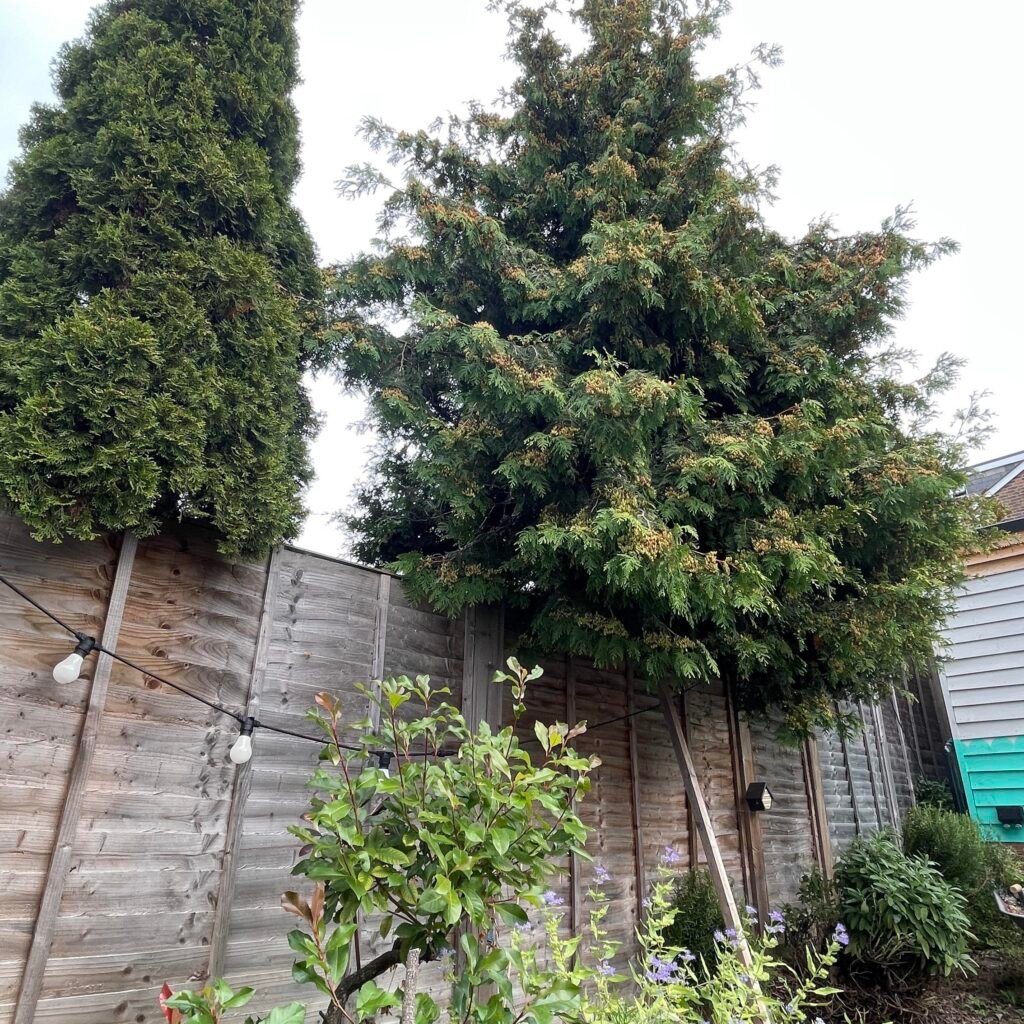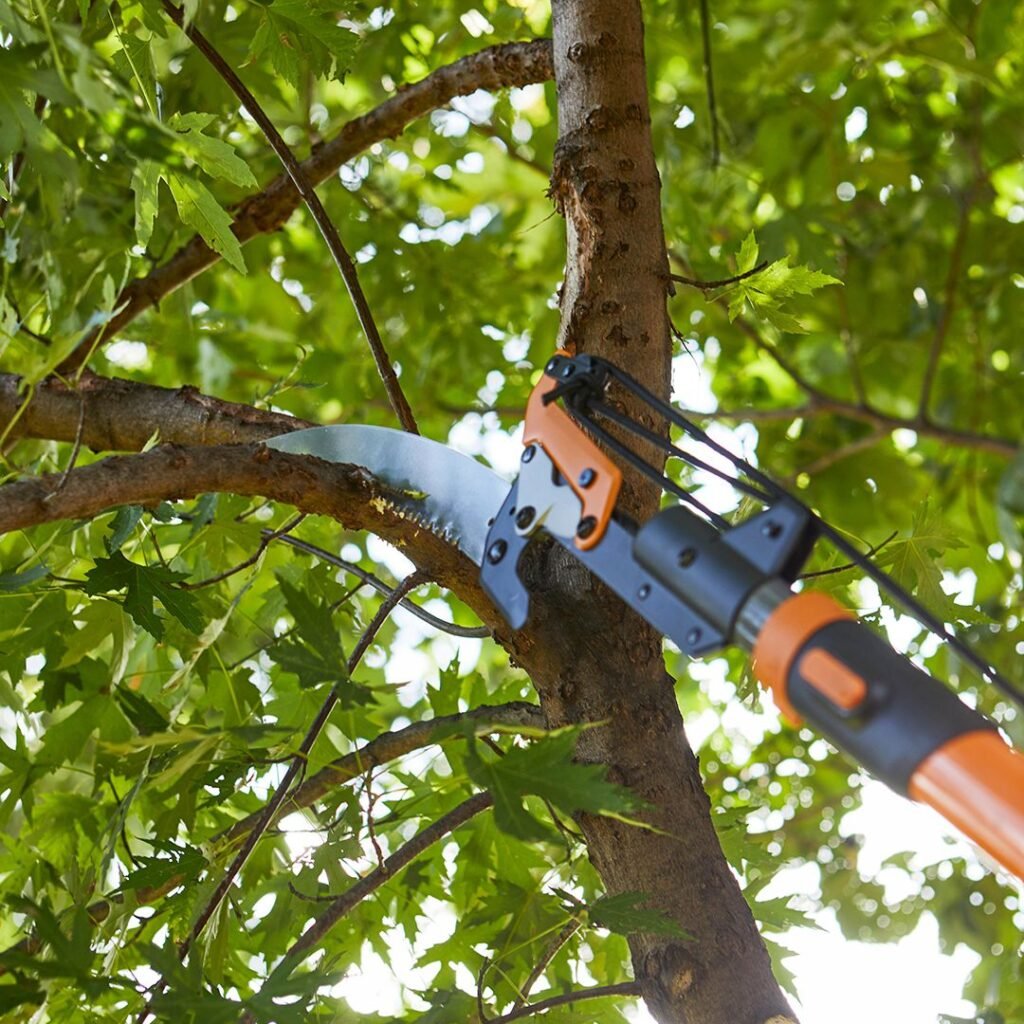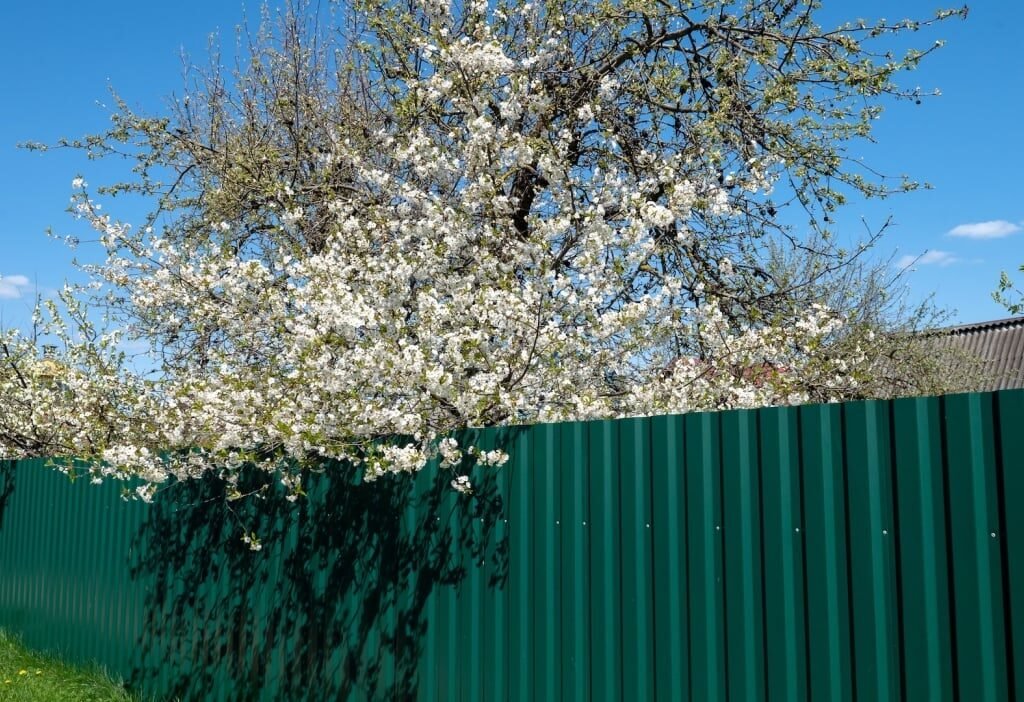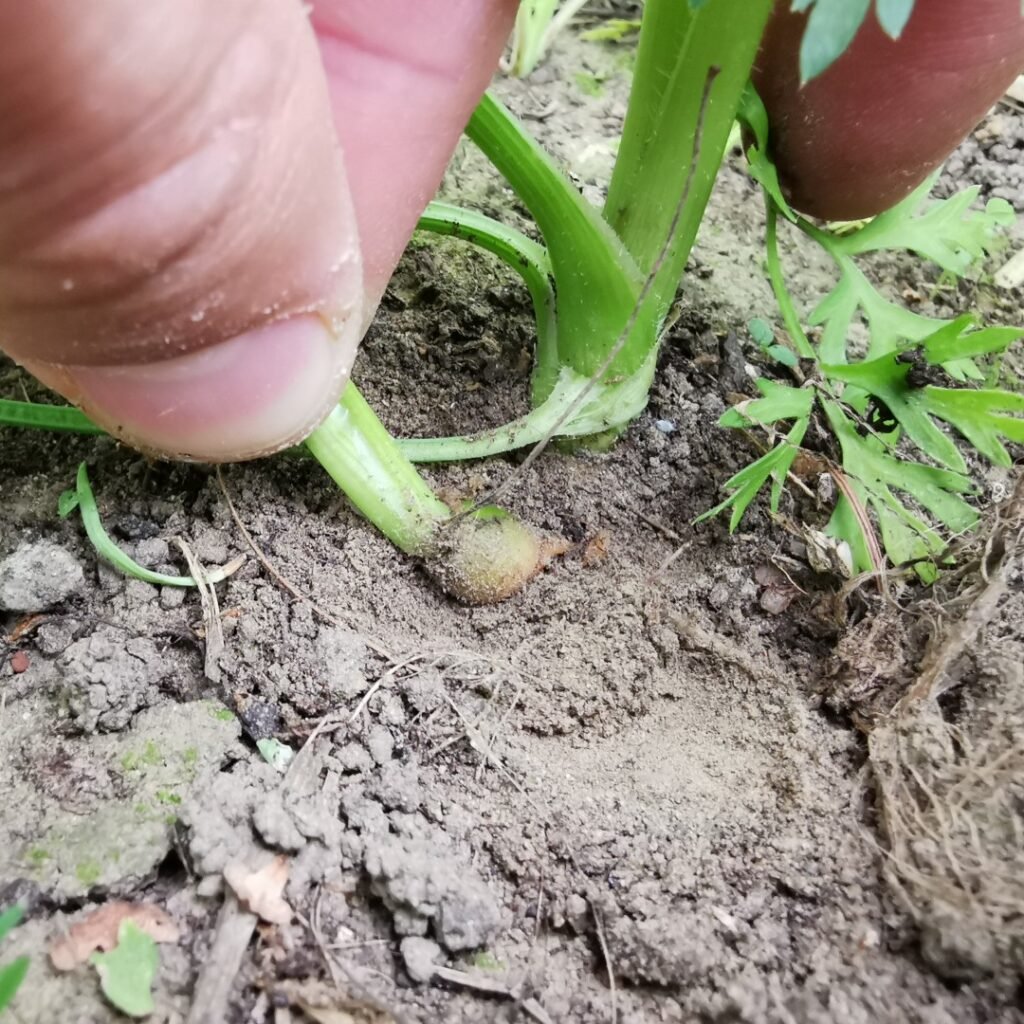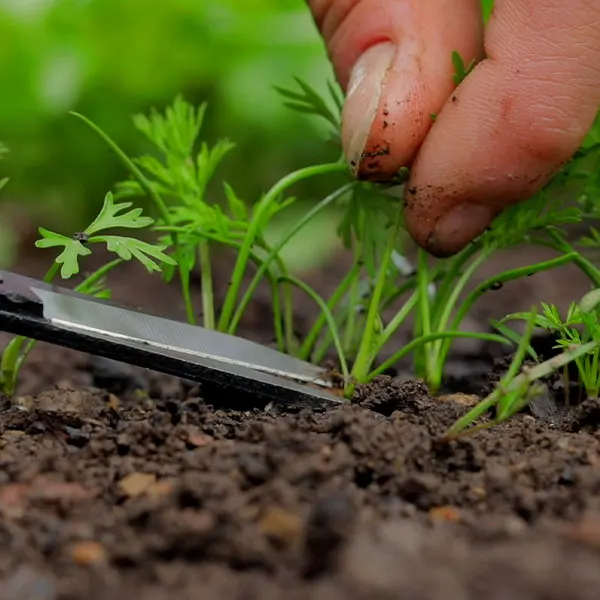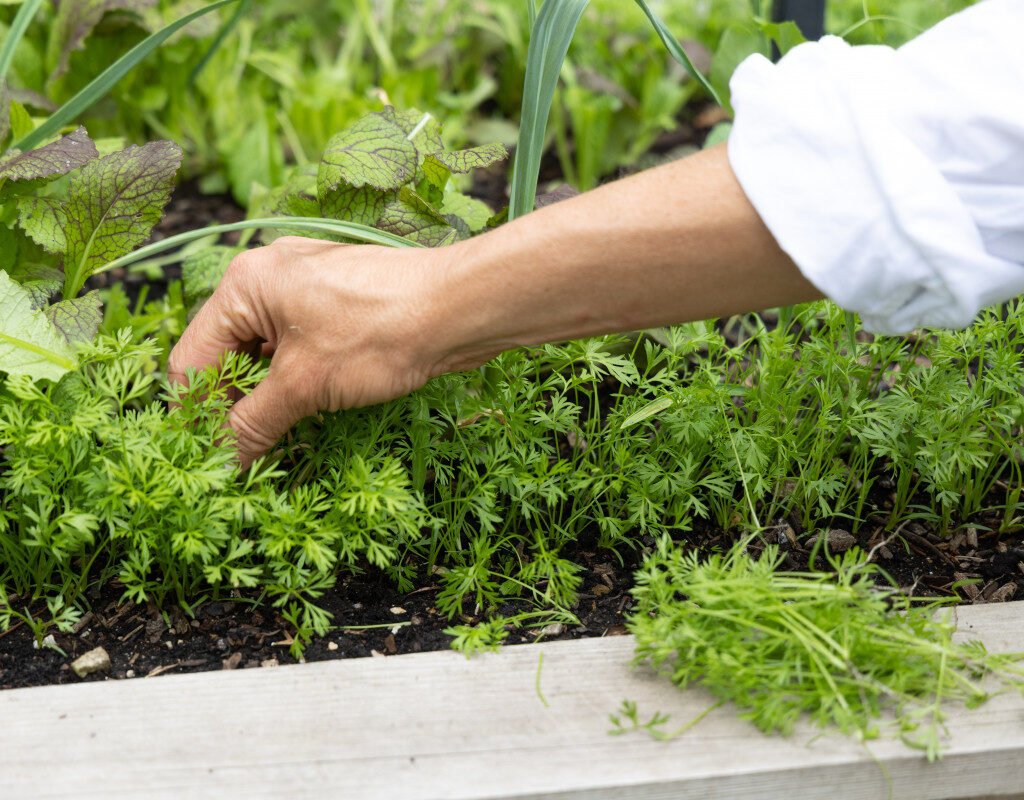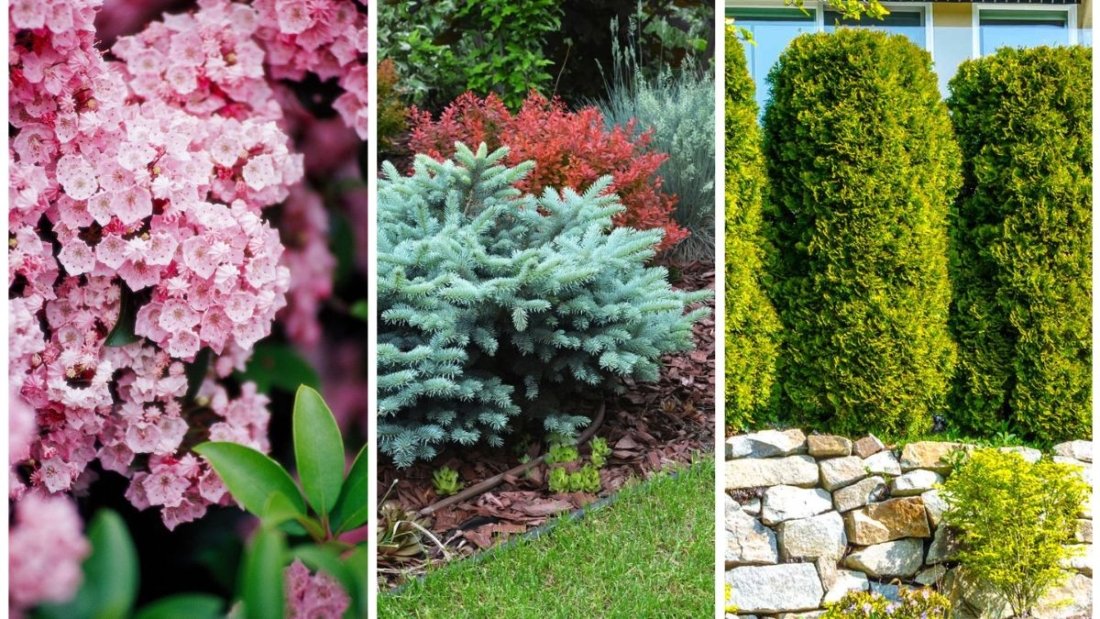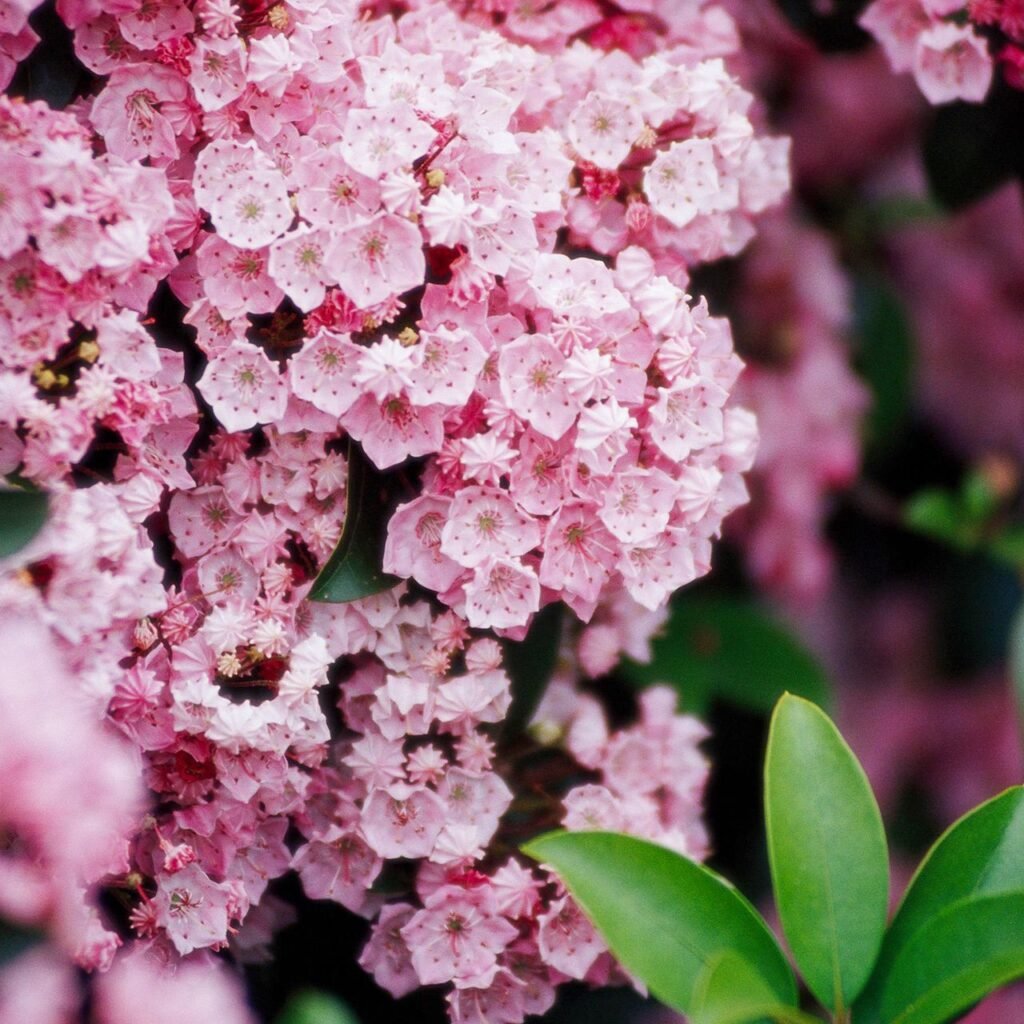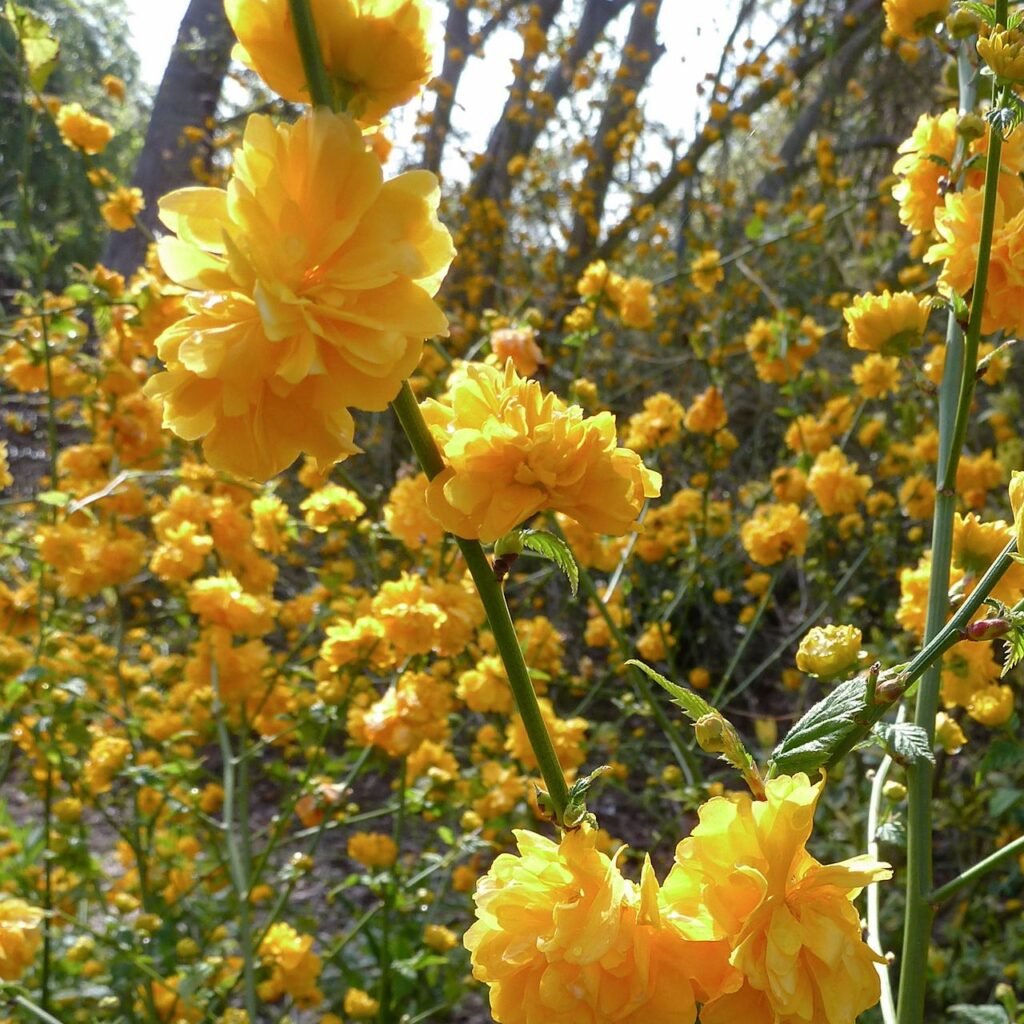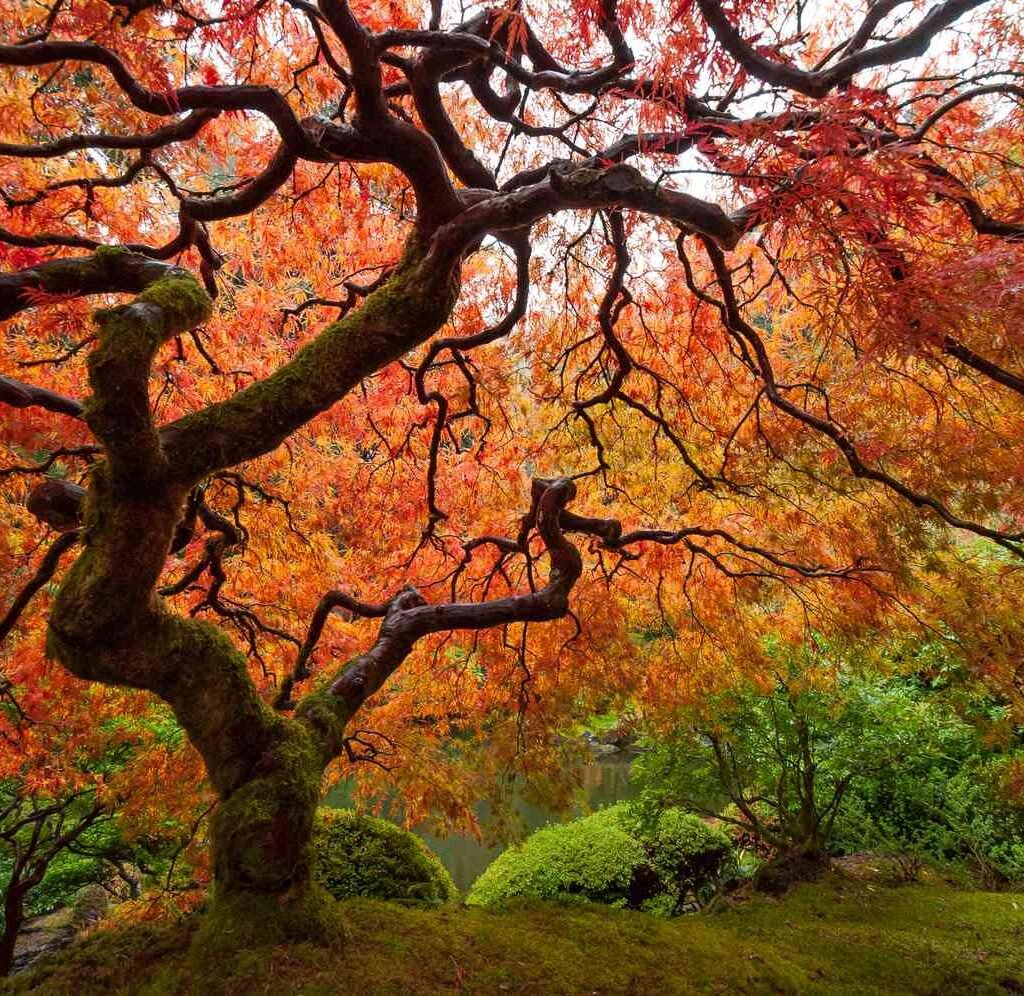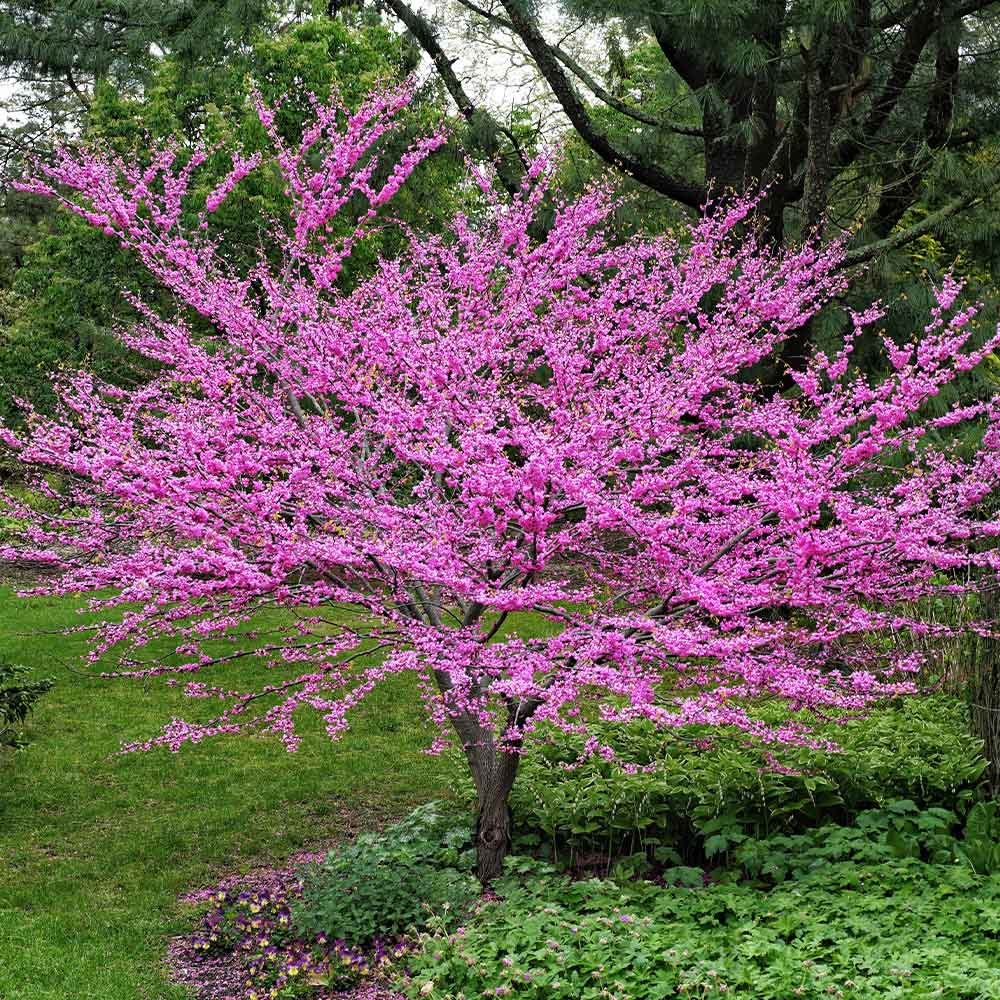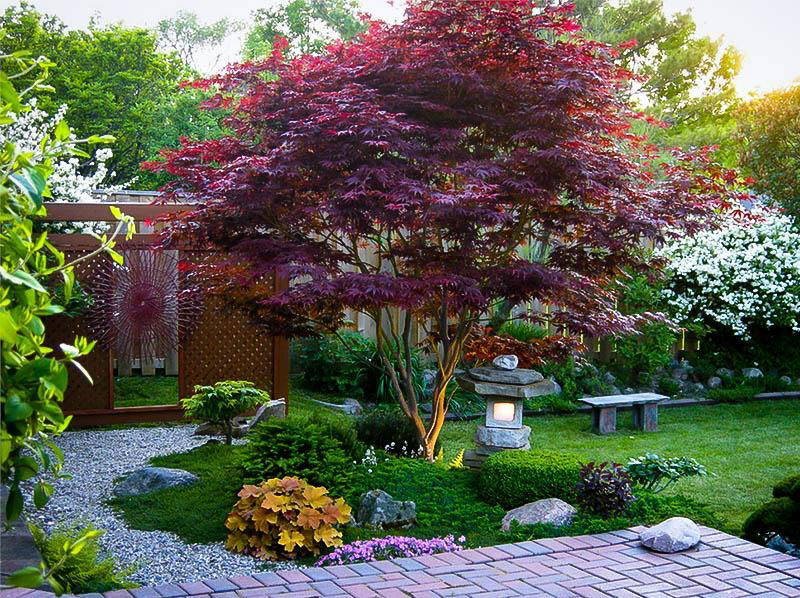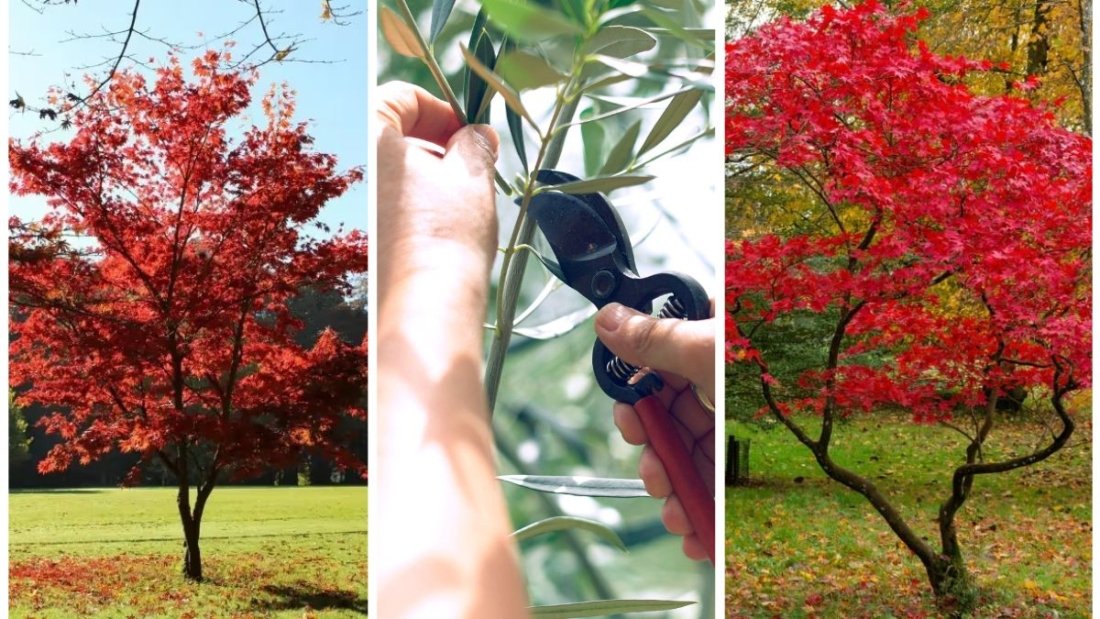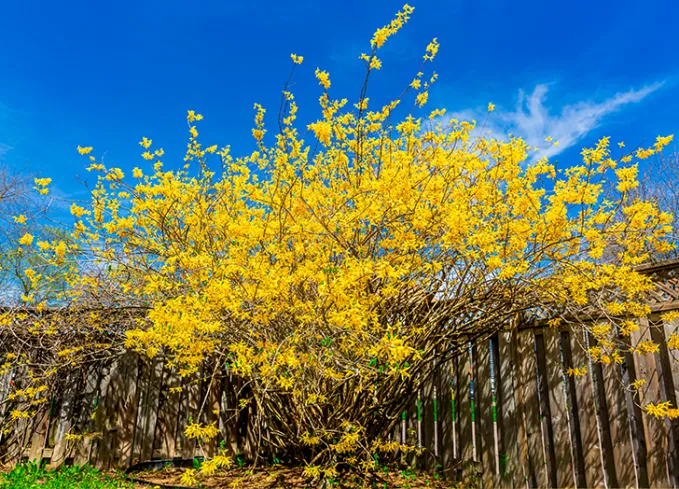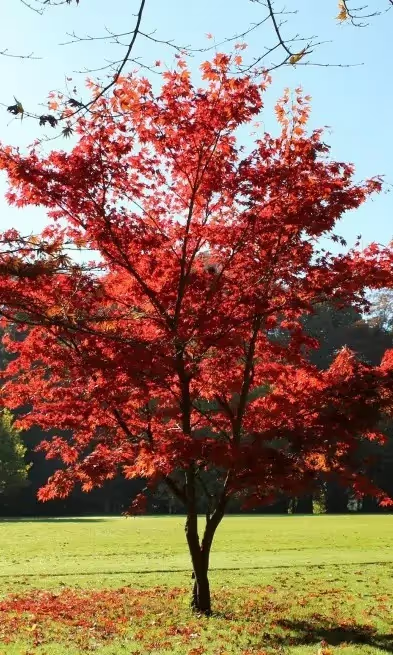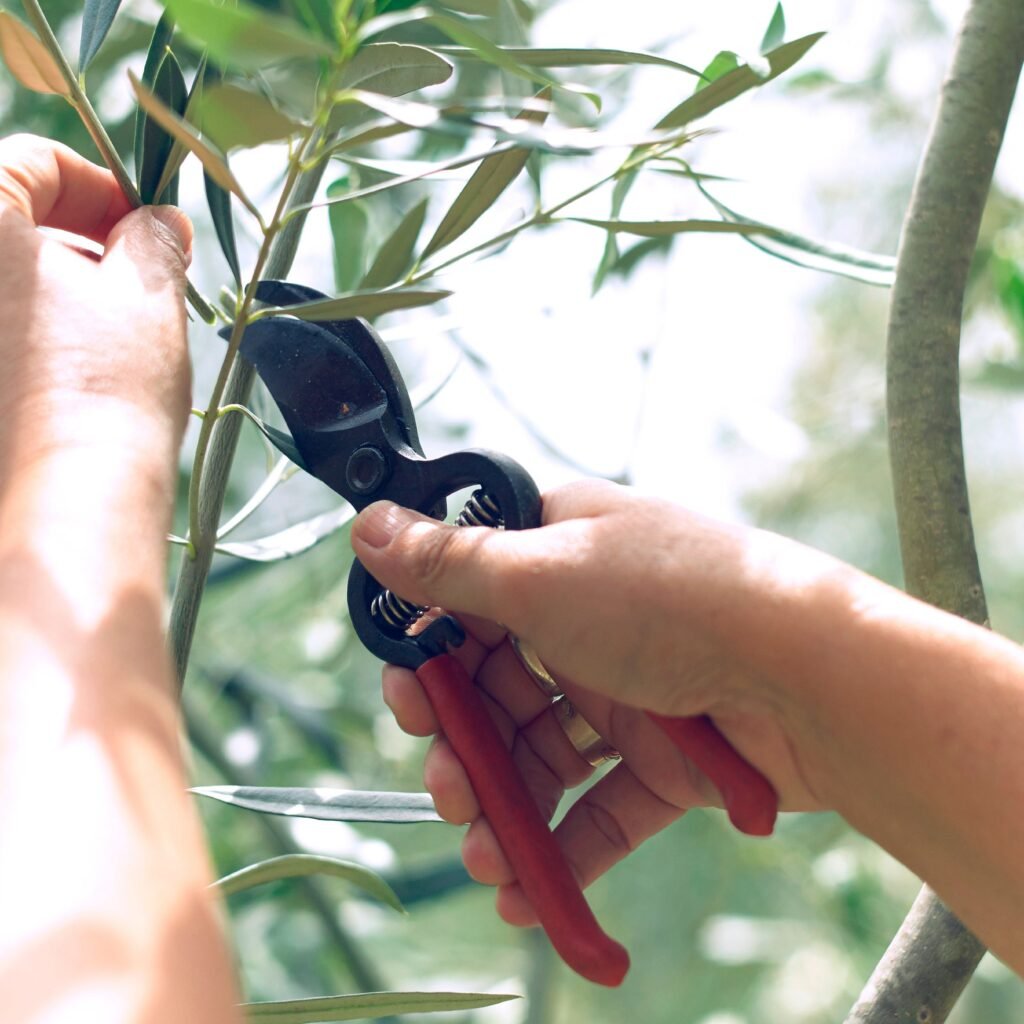When it comes to increasing the value of a home, most people think of renovating kitchens or updating bathrooms. However, there’s another area that can offer an impressive return on investment: the garden. A beautifully designed outdoor space doesn’t just enhance your quality of life—it also has the power to dramatically boost your home’s market value.
According to real estate and landscaping experts, certain garden features can yield up to 200% ROI (Return on Investment). These elements create curb appeal, extend living spaces, and offer functional beauty that resonates with potential buyers.
In this article, we’ll explore 5 garden features that instantly increase home value, along with tips on implementation, design inspiration, and cost-effective options for any budget.
1. Well-Designed Outdoor Living Areas
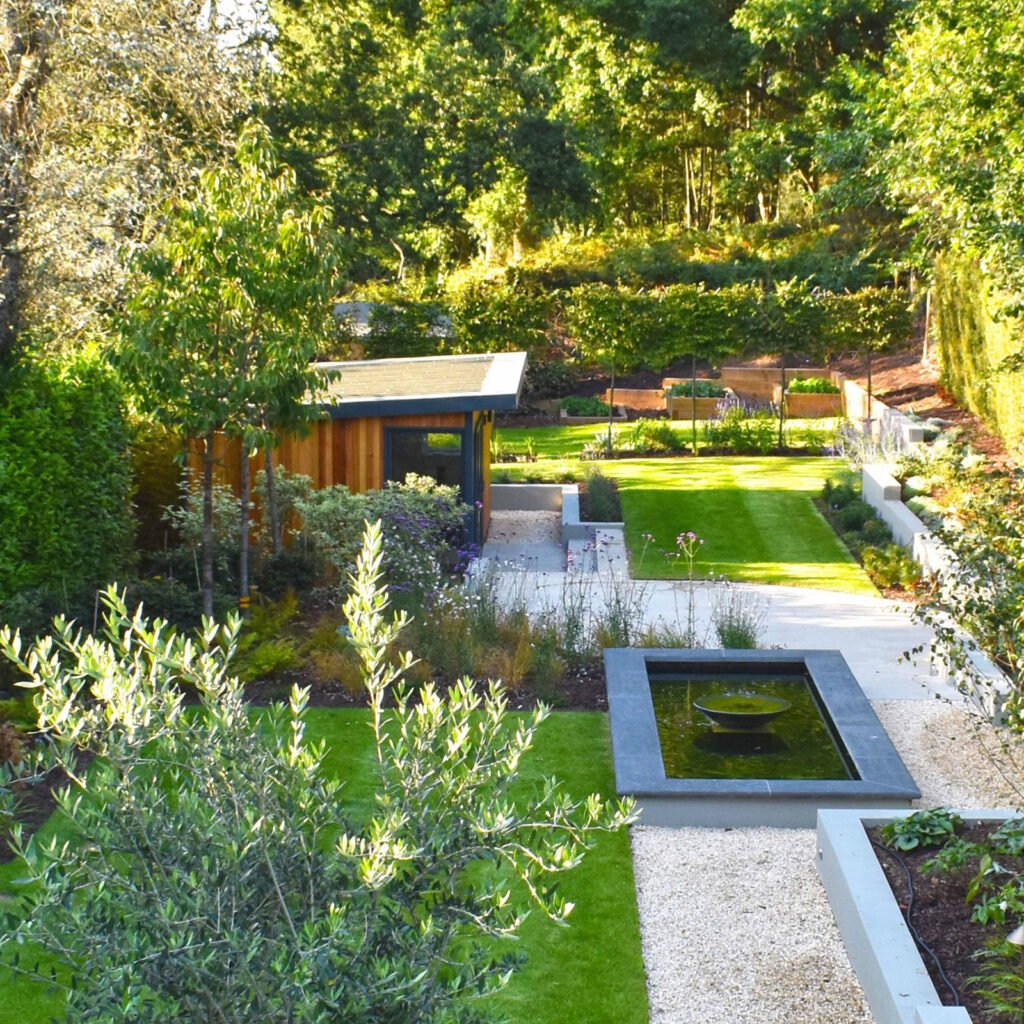
Why It Boosts Value:
In today’s real estate market, outdoor living spaces are seen as extensions of the home. A patio, deck, or pergola transforms a simple garden into a functional space for entertaining, relaxing, and dining.
Buyers are drawn to homes that offer lifestyle enhancements, and a stylish, usable outdoor area can set your property apart from others.
Key Features to Include:
- Deck or patio: Use materials like composite decking, stone, or pavers.
- Seating area: Include weatherproof furniture, cushions, and maybe a fire pit or coffee table.
- Pergola or shade structure: Adds privacy and sun protection.
- Lighting: String lights, lanterns, or in-ground lighting for ambiance.
Return on Investment:
- Up to 80% ROI for professionally installed patios/decks.
- DIY versions can still yield high returns, especially in warmer climates.
Pro Tip:
Choose materials that complement your home’s architecture and use low-maintenance finishes to appeal to busy homeowners.
2. Landscaped Front Yard with Curb Appeal

Why It Boosts Value:
The front yard is your home’s first impression. A neatly landscaped, inviting entryway instantly improves curb appeal and can increase perceived property value by 5–11%, according to the American Society of Landscape Architects.
A well-kept front garden makes the house feel loved and cared for—a major emotional trigger for buyers.
Features to Focus On:
- Defined lawn edges and borders
- Flower beds with seasonal color
- Evergreen shrubs and native plants
- Mulch or decorative stone
- Attractive pathway leading to the entrance
Design Ideas:
- Use a mix of perennials and annuals for year-round interest.
- Incorporate symmetry in planting for a balanced look.
- Add a statement tree or focal point, like a flowering dogwood or a Japanese maple.
Return on Investment:
- Front yard landscaping can add up to 10% to home value when thoughtfully executed.
- Simple upgrades like fresh mulch and plantings can be done for under $500.
3. Irrigation System or Smart Watering Setup

Why It Boosts Value:
Modern buyers want homes that are efficient and easy to maintain. An automated irrigation system eliminates the hassle of manual watering while promoting healthy, vibrant gardens.
Whether it’s a built-in sprinkler system or a smart drip irrigation network, this feature adds a layer of convenience and sustainability that’s attractive to homeowners—especially in drought-prone areas.
System Types:
- Sprinkler systems: Great for lawns and large garden beds.
- Drip irrigation: Conserves water, ideal for flower beds and vegetable gardens.
- Smart controllers: Adjust watering based on weather forecasts, soil moisture, and plant type.
Eco-Benefits:
- Promotes water conservation
- Reduces water bills
- Keeps plants healthier, reducing replacement costs
Return on Investment:
- Installation costs can range from $1,000 to $3,500, but the system can pay for itself over time.
- Smart systems also appeal to eco-conscious buyers, increasing marketability.
4. Outdoor Lighting for Beauty and Safety

Why It Boosts Value:
Landscape lighting does double duty: it adds aesthetic beauty to your garden and improves safety and security. Professionally installed lighting can completely transform your home at night, making it stand out on the street and increasing both real and perceived value.
Buyers are impressed by homes that look just as appealing at night as they do during the day.
Lighting Options:
- Pathway lighting: Enhances safety and navigation
- Uplighting trees and shrubs: Creates dramatic focal points
- Accent lighting for architecture: Highlights home’s best features
- Deck and step lighting: Adds ambiance and prevents tripping hazards
Solar vs. Wired:
- Solar lighting is eco-friendly and budget-friendly but may be dimmer.
- Low-voltage wired lighting provides consistent, reliable brightness.
Return on Investment:
- Adds visual depth and perceived luxury to your garden.
- Typically offers 50–80% ROI, with high impact in evening home showings.
5. Functional Garden Space (Edible or Ornamental)

Why It Boosts Value:
Functional garden spaces are highly sought after, especially as homeowners become more interested in self-sufficiency, sustainability, and wellness. Raised beds for vegetables, pollinator gardens, or herb spirals not only offer beauty but also practical value.
In urban or suburban homes, a dedicated space for growing food is a unique selling point that stands out to buyers.
Ideas to Include:
- Raised vegetable beds: Easy to maintain and attractive
- Compost bins: Encourages sustainability (choose modern, enclosed types)
- Herb garden near the kitchen: Convenient and fragrant
- Pollinator-friendly flowers: Attract butterflies and bees
Bonus:
- Encourages healthier living and outdoor time
- Helps the environment and builds soil health
- Great talking point during property tours or open houses
Return on Investment:
- ROI depends on execution, but function meets charm in this category.
- Cost is minimal, and potential buyer appeal is high, especially post-2020, when gardening became a global trend.
Comparative Summary: ROI of Garden Features
| Feature | ROI Estimate | Key Benefit |
|---|---|---|
| Outdoor Living Area | 70–80% | Expands usable space |
| Front Yard Landscaping | 5–11% added value | Boosts curb appeal |
| Irrigation System | Long-term savings | Adds convenience and efficiency |
| Outdoor Lighting | 50–80% | Enhances safety and night appeal |
| Edible/Functional Garden | Variable | Unique appeal and lifestyle benefit |
Real Estate Perspective: Why Buyers Care
Modern buyers—especially Millennials and Gen Z—are increasingly prioritizing:
- Outdoor space over square footage
- Energy-efficient and eco-conscious features
- Private areas for entertainment or relaxation
- Gardens that support wellness and mental health
According to a 2023 Zillow study, homes with outdoor features like patios, decks, and landscaping sold faster and for more money than similar homes without.
A garden isn’t just a space—it’s a lifestyle statement.
Final Thoughts
Your garden has the power to do much more than grow flowers—it can grow your home’s value.
From a welcoming front yard to a functional veggie plot, these five garden features are simple, effective ways to make a big impact. Whether you’re selling in the near future or just want to enjoy a more beautiful and practical space, investing in your garden offers tangible financial and lifestyle rewards.
Start small, plan with intention, and watch how these outdoor improvements pay off—both in enjoyment and in equity.


